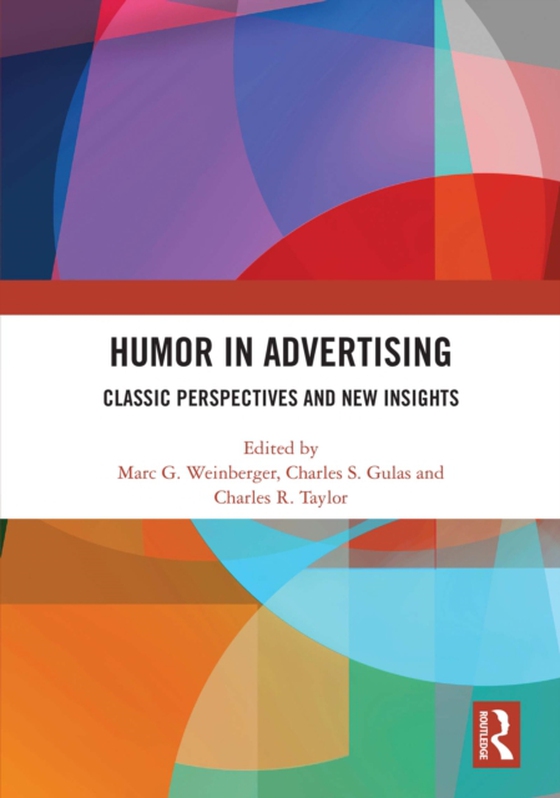
Humor in Advertising e-bog
348,37 DKK
(inkl. moms 435,46 DKK)
Humor has long been one of the most common approaches used in advertising. Whether in a big televised event like the Super Bowl or in new forms of digital advertising, everyone is exposed to funny ads, some of which both entertain the audience and help sell a product. Yet, the use of humor in advertising is complex; clearly not all humorous ads are successful.This comprehensive volume both summ...
E-bog
348,37 DKK
Forlag
Routledge
Udgivet
21 juni 2021
Længde
238 sider
Genrer
GM
Sprog
English
Format
epub
Beskyttelse
LCP
ISBN
9781000404425
Humor has long been one of the most common approaches used in advertising. Whether in a big televised event like the Super Bowl or in new forms of digital advertising, everyone is exposed to funny ads, some of which both entertain the audience and help sell a product. Yet, the use of humor in advertising is complex; clearly not all humorous ads are successful.This comprehensive volume both summarizes the cumulative state of knowledge on humor in advertising and provides new cutting-edge research on key topics such as humor's use in conjunction with emotional and sexual appeals, its use in digital advertising, and issues related to gender and cross-cultural applicability. Special emphasis is placed on defining humorous advertising and types of humor used, as well as outlining what conditions work for advertisers. The chapters examine humor in advertising and add insights on several cutting-edge issues in this stream of research. An overview article summarizing the overall body of literature accumulated over 50 years of research on humorous advertising defines types of humorous appeals. The degree to which humor is effective and the boundary conditions associated with when and how it works best in advertising is discussed. New research articles further contribute to cumulative knowledge by exploring the interaction of humor with other issues and techniques such as whether it travels internationally, gender issues, its use in conjunction with emotional and sexual appeals, and its presence in the digital contexts. The book concludes with an in-depth look at the evolution of humorous appeals over the oldest traditional advertising medium-outdoor advertising.The chapters in this book were originally published in International Journal of Advertising.
 Dansk
Dansk

